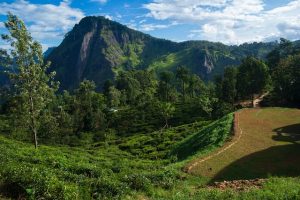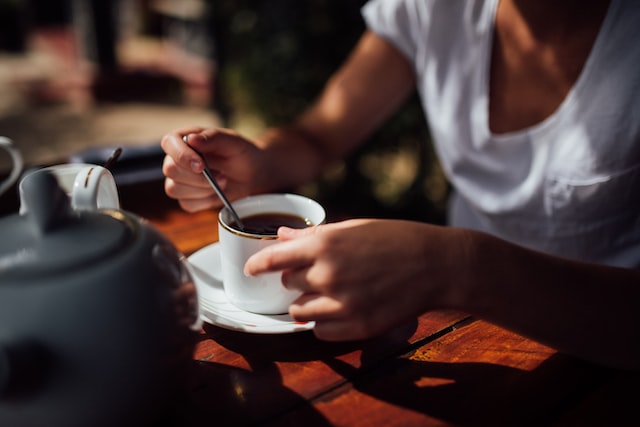If you love drinking tea, then chances are you’re a fan of Ceylon Tea and here’s a glimpse into its history before it became one of the world’s most popular beverages!

Ceylon Tea | Image via Unsplash
Where It All Began
Wondering what’s the birthplace of Ceylon Tea? Sri Lanka is where it all began though the British called it Ceylon during their colonial rule. At a time when coffee plantations on the island had failed, James Taylor had the idea of growing tea and in 1867, he began to cultivate it on the Loolecondera Estate in Kandy; known as the “Father of Ceylon Tea”, he began a tea factory in 1872 and a year later, a shipment of 23 pounds of tea was sent to London for auction.
A Commercial Crop
The success of James Taylor didn’t go unnoticed and soon, planters from across the country who used to cultivate coffee were visiting his estate to learn how to grow and produce tea. Seeing the lucrative commercial possibilities, well-known figures such as Henry Randolph Trafford and Sir Thomas Lipton also began to cultivate tea in their estates. The development of the Sirocco tea dryer in 1877 and the tea-rolling machine three years later, made commercial tea production more viable too.
Further Development
The growth of production led to the Colombo Tea Auction being held for the first time in 1883. Interestingly, family-owned tea businesses that focused on providing the finest cup of Ceylon Tea to the world were also launched such as Anverally & Sons, which dates to 1890 and is still in operation today. In 1894, the Ceylon Tea Traders Association was started and soon the country was exporting tea on a global scale.
Many Milestones
In 1965, the island became the largest tea exporter in the world; a year later, the country celebrated the centenary year of Ceylon Tea and held the first International Tea Convention. In 1976, tea bags began to be exported, in 1982, green tea began to be produced and exported and in 2008, Ceylon Tea generated export revenue of US$ 1 billion! In 2011, Geographical Indications (GI) certification was obtained by the Sri Lanka Tea Board so only products that met stringent quality standards would be branded as ‘Ceylon Tea’. In 2017, Ceylon Tea celebrated its 150th anniversary and its story is not over yet!
Find out the history of Ceylon Tea in Sri Lanka be it details on the first plantation during colonial times, growth as a commercial crop or major milestones.
